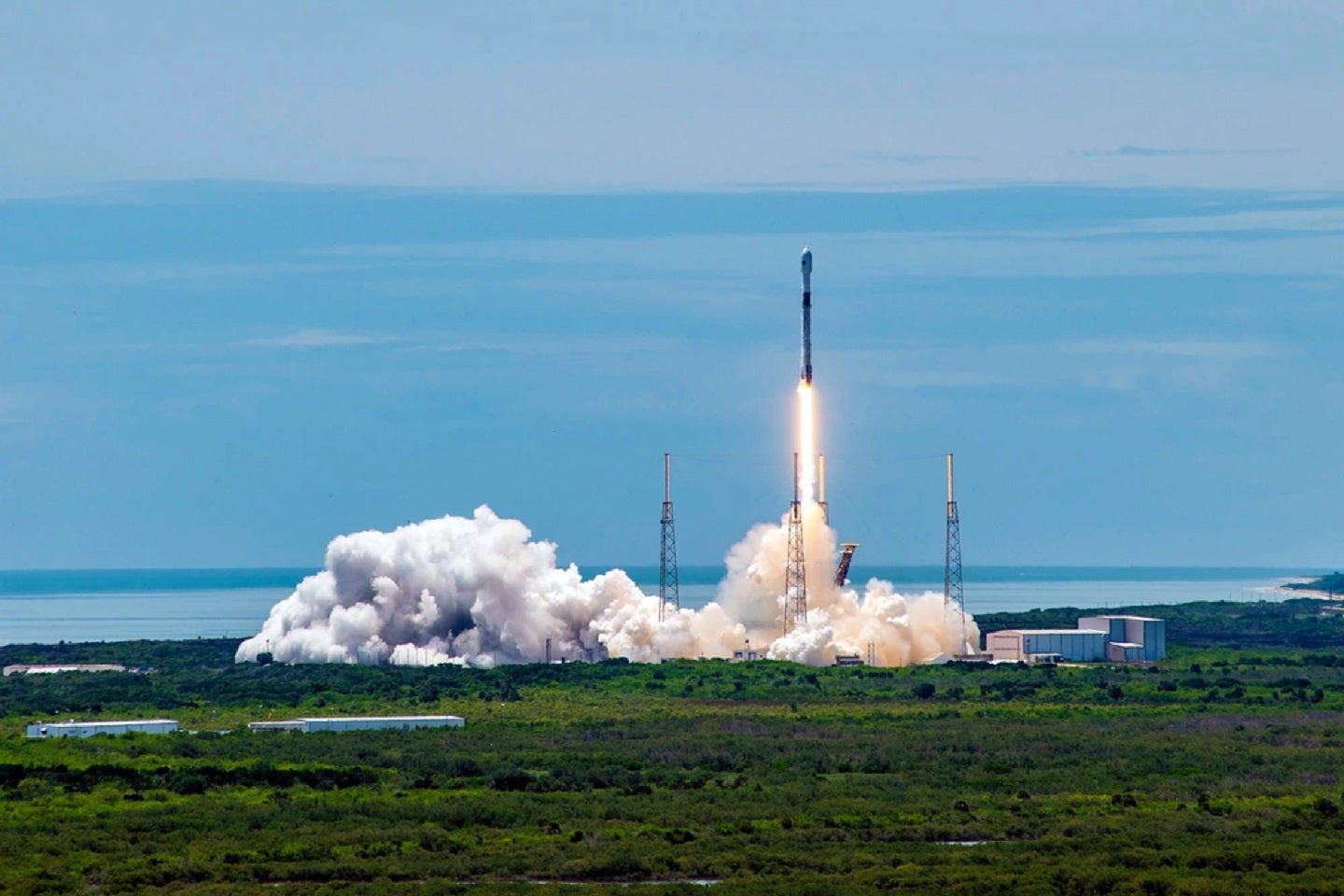
The US Government Accountability Office (GAO) claims the US Space Force (USSF) must reassess its plans for modernising the global positioning system (GPS).
GPS is the principal source of positioning, navigation and timing information for the US military and its partners.
The Department of Defense (DoD) has worked for more than two decades to modernise GPS with a more jam-resistant, military specific signal known as “M-code”. The USSF is responsible for GPS modernisation.
The GPS system consists of three segments that co-operate to provide M-code: a ground control segment, a space segment, and user equipment.
But it is unclear whether the current constellation of 24 satellites will meet some users’ accuracy needs. Having three more satellites could help, but the DoD may not be able to keep all 27 available consistently over the next decade.
Unless the DoD assesses its operational need for satellites to establish a firm requirement for a 27-satellite constellation, other DoD efforts could take priority, leaving the warfighter with GPS user equipment performing below the required capability levels.
How well do you really know your competitors?
Access the most comprehensive Company Profiles on the market, powered by GlobalData. Save hours of research. Gain competitive edge.

Thank you!
Your download email will arrive shortly
Not ready to buy yet? Download a free sample
We are confident about the unique quality of our Company Profiles. However, we want you to make the most beneficial decision for your business, so we offer a free sample that you can download by submitting the below form
By GlobalDataFurthermore, the USSF seeks to expand the use of M-code technology by developing a second increment consisting of an improved M-code chip and card, as well as a handheld receiver.
The USSF lacks a major committed customer for the handheld receiver. The Army, the largest potential user of such a device, has its own plans for handheld receivers, and Marine Corps officials say the service is still considering its options.
Without a sound business case for its proposed handheld product, the USSF risks expending significant resources without providing a benefit to military users.
The GAO has made two recommendations with which the DoD has concurred.
Firstly, it must assess the number of satellites necessary to meet operational needs. Secondly, it should either develop a sound business case for the M-code capable Increment 2 handheld device, or discard the effort entirely.







